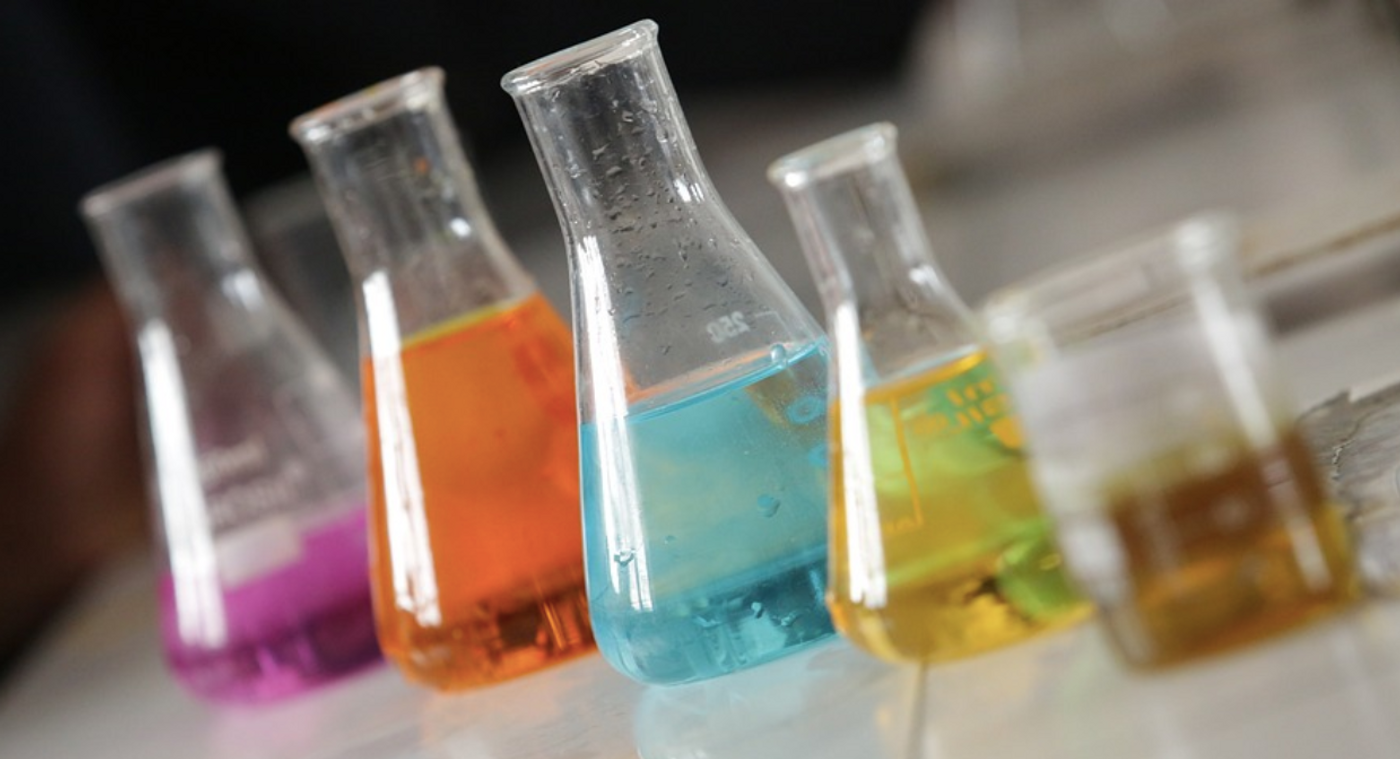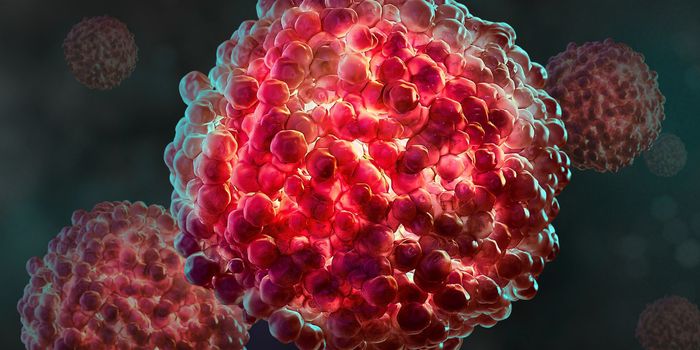The trillions of microbes in the human gut microbiome have very close connections to our health. While gastrointestinal disorders like inflammatory bowel disease have been linked to disruptions in the gut microbiome, other conditions ranging from autism to cancer to neurodgeneration have also been associated with the gut microbiome. To tease apart the relationships between specific diseases and certain microbes, however, careful and accurate assessments of the gut microbiome will be required. This is often done by collecting fecal samples and isolating the microbial DNA within; that DNA is then sequenced and compared to known sequences to identify the microbes in the sample.
There are some problems with this method, however. Some researchers have argued that fecal samples do not present an accurate picture of the gut microbiome. In many studies, this work is also often done with mouse models, which cannot perfectly replicate conditions in the human body. While there are many microbes in the gut, human DNA is still also far more plentiful than microbial DNA. It's been suggested that intestinal tissue contains about 99.99 percent host DNA, and only 0.01 percent microbial DNA.
Now, scientists have developed a new method that they say will provide a far more accurate picture of the human gut microbiome. The work has been reported in Nature Methods.
The technique is called the microbial enrichment method (MEM), and it takes advantage of the difference in sizes between host and microbial cells, which are about ten times smaller than mammalian cells. Most of those host cells can be eliminated with 'bead beating,' in which the samples are shaken with beads that are about a millimeter in size. This breaks the mammalian cells apart, and leaves microbial cells intact, explained first study author Natalie Wu-Woods, a graduate student in bioengineering at the Caltech laboratory of Rustem Ismagilov, a Professor of Chemistry and Chemical Engineering, among other appointments. Enzymes are then added to get rid of the remnants of those lysed cells.
MEM was compared to other selective lysis tools in this study. Various methods were applied to four types of samples. This showed that MEM was as good or better than other methods at removing host cells while preserving the microbiomes of mucosal samples, saliva, and fecal samples. MEM was far better than other methods when it came to solid tissue samples.
When MEM was applied to human samples, the researchers were able to remove most host cells, and perform an analysis that revealed dozens of genomes from bacteria that were present at very low levels.
Wu-Woods is hopeful that the additional genetic knowledge could also provide researchers with new information about how these bacteria function.









